Ana Muñoz Padrós
Ana Muñoz was born and raised in Zaragoza, Spain and currently lives in Brussels, Belgium. She studied journalism, political science and international business. She spent half of her twenties in Latin America where she co-founded a feminist award-winning magazine called Malquerida, a home for pieces by women, trans women and non-binary writers. Recently she has co-launched a non-fiction newsletter, Maleza. Sometimes she writes. She currently works for an LGBTI human rights international organisation and mothers a cat named Matilda. Journal des Ouvrages de Dames is her first exhibition.
What inspired you to become an artist/activist?
I think art or activism are things I do, not things I am. The work I’m currently exhibiting at Recyclart, Journal des Ouvrages des Dames, is my first visual art project and it is intentionally political but I wouldn’t call that activism–working at a large LGBTI rights organisation, I have a lot of respect for the work activists do. In any case, I’ve always felt very comfortable in creative processes of any kind and field. What inspires me is to give space to untold stories, like opening a window that was always there but we couldn’t see. The same goes for any political action.
Did you have any influential role models (if so, who?)
The most influential people in my life are my friends, family, the people around me. Some authors that have changed my way of seeing are Audre Lorde, Paul B. Preciado, Virginie Despentes, and Joan Didion. Writing in Spanish only, my mother tongue, Mariana Enríquez, Leila Guerriero and Gabriela Wiener. In visual arts I will only mention two who were always in my mind while developing this project: Barbara Kruger and the Guerrilla Girls.
What is your creative process and what are the most important things you keep in mind when beginning a new project?
Any creative process, for me, frequently starts with a conversation. It’s the feedback of someone else that usually pushes me to further reflection or to look into the places I was disregarding. The lonely creator in an ivory tower does not make sense to me, and I doubt such a person actually exists, as we are all supported one way or another. One of the most important things I keep in mind when beginning a new project is coming to terms with my own capacities, while placing as few limits as possible to the exploration. And patience, which is not one of my natural skills.
Can you tell us more about the inspiration behind your current Recyclart exhibition?
The exhibition’s starting point was the Académie de Saint-Gilles. Last year’s subject was perspective, the aim was to deconstruct its traditional representations in Western art. I love magazines and I’m deeply interested in female representation in the media so through this intervention of magazines for women from the early days of the XX century, I wanted to question the ways women are depicted, what are our mirrors. Someone said to me: “oh, but that was more than a hundred years ago, things are different now”. Fun fact is that several elements of those magazines are very similar to what we still see today, for example, ads about waxing, dieting or migraines. The not so fun fact is that, still in 2021, just two in ten news sources are women is the news source and trans people and gender minorities are less than 1% in the news, according to the Global Media Monitoring Project, which means that media is mainly about, for and by cis men.
What issues do you think need to be addressed most within the Queer community?
Intersectionality definitely deserves our attention, making space for other aspects such as race, social class or abilities that come together with our gender and sexual orientation, to shape different power dynamics and access to rights and freedoms. We can already see a shift, but it’s just the beginning.
Any other interesting information we should know about you?
Yes! Some months ago, me and some very dear and talented friends launched Maleza, a feminist newsletter. Each Sunday, subscribers receive a non-fiction piece written by woman-identifying or non-binary authors, edited with love by us. Unfortunately, it’s only in Spanish for the moment. In fact, as mentioned before, my work in visual arts is pretty recent, but I’ve been writing and involved in writing projects for about ten years now.


